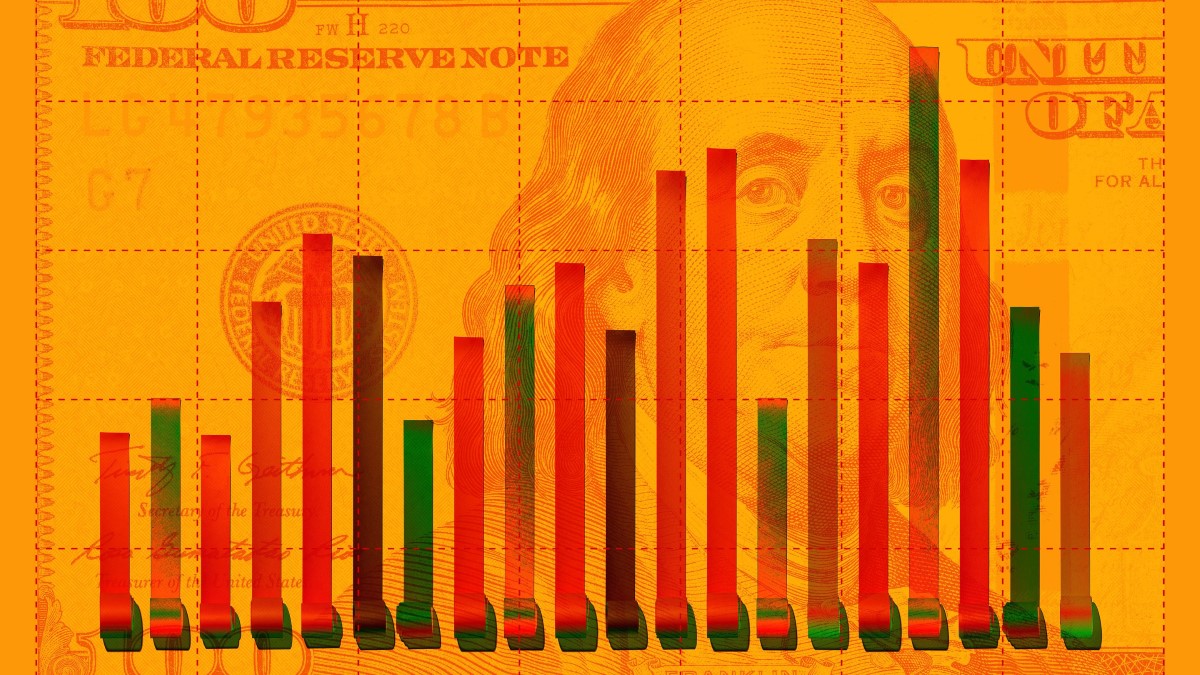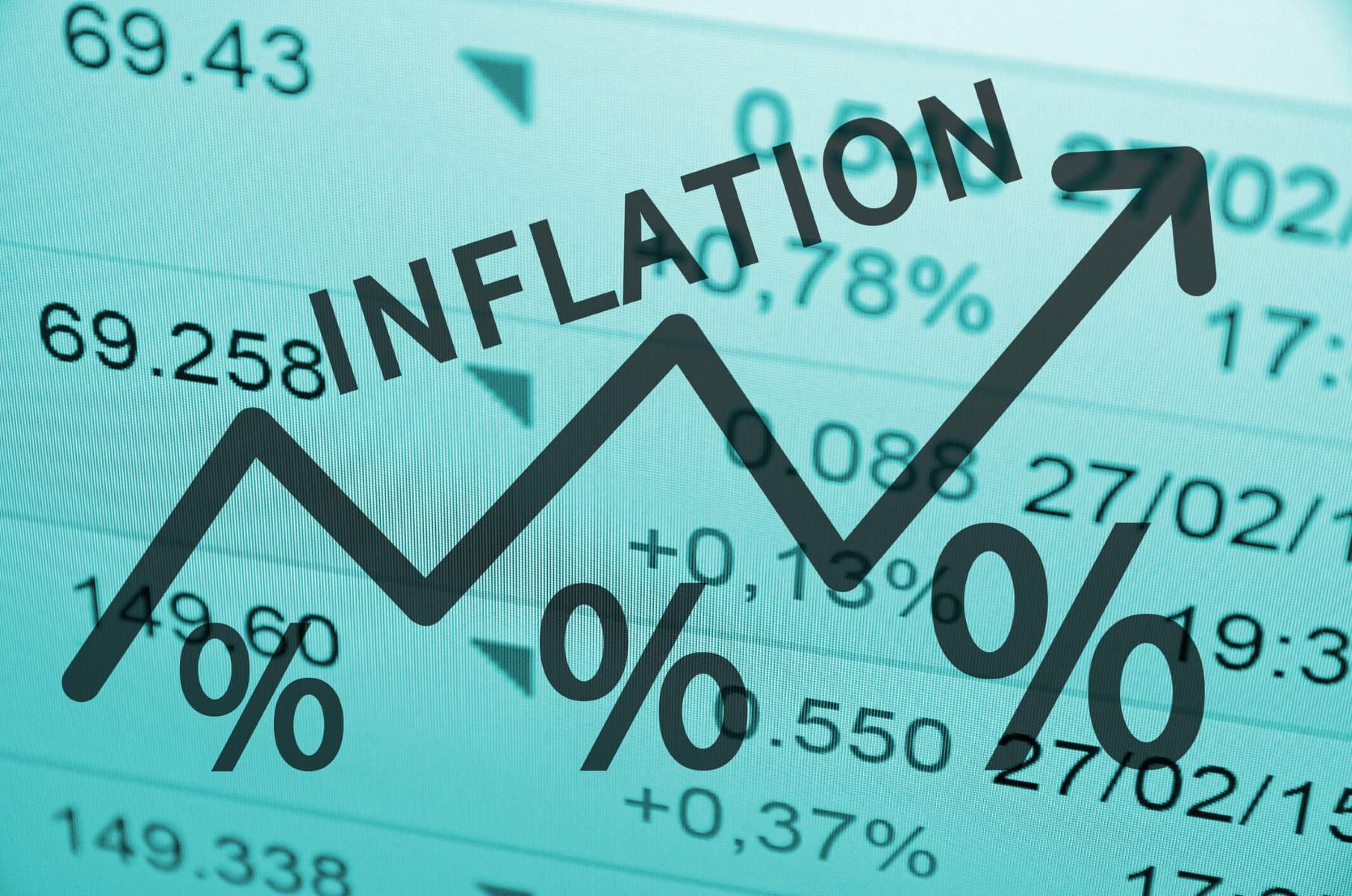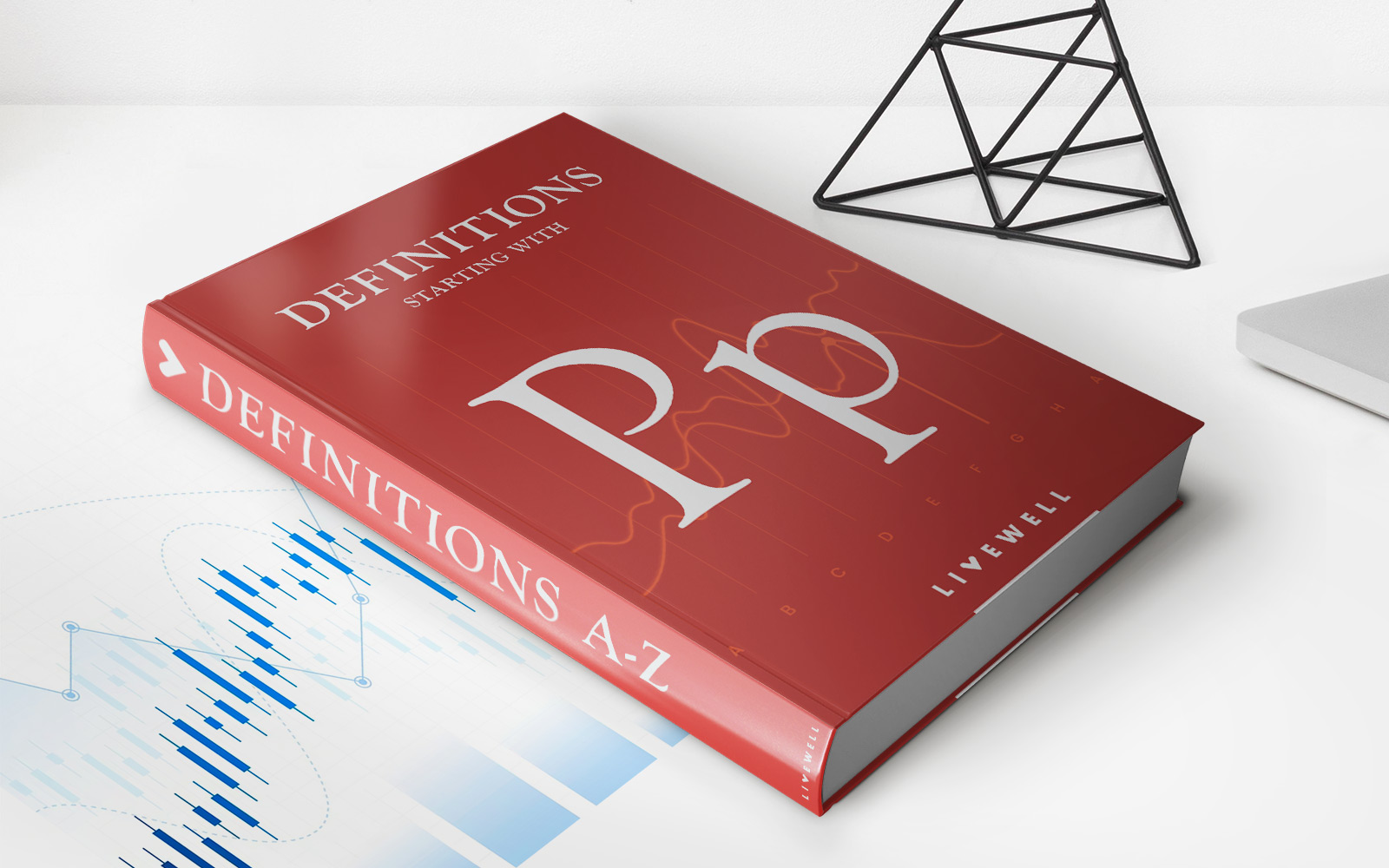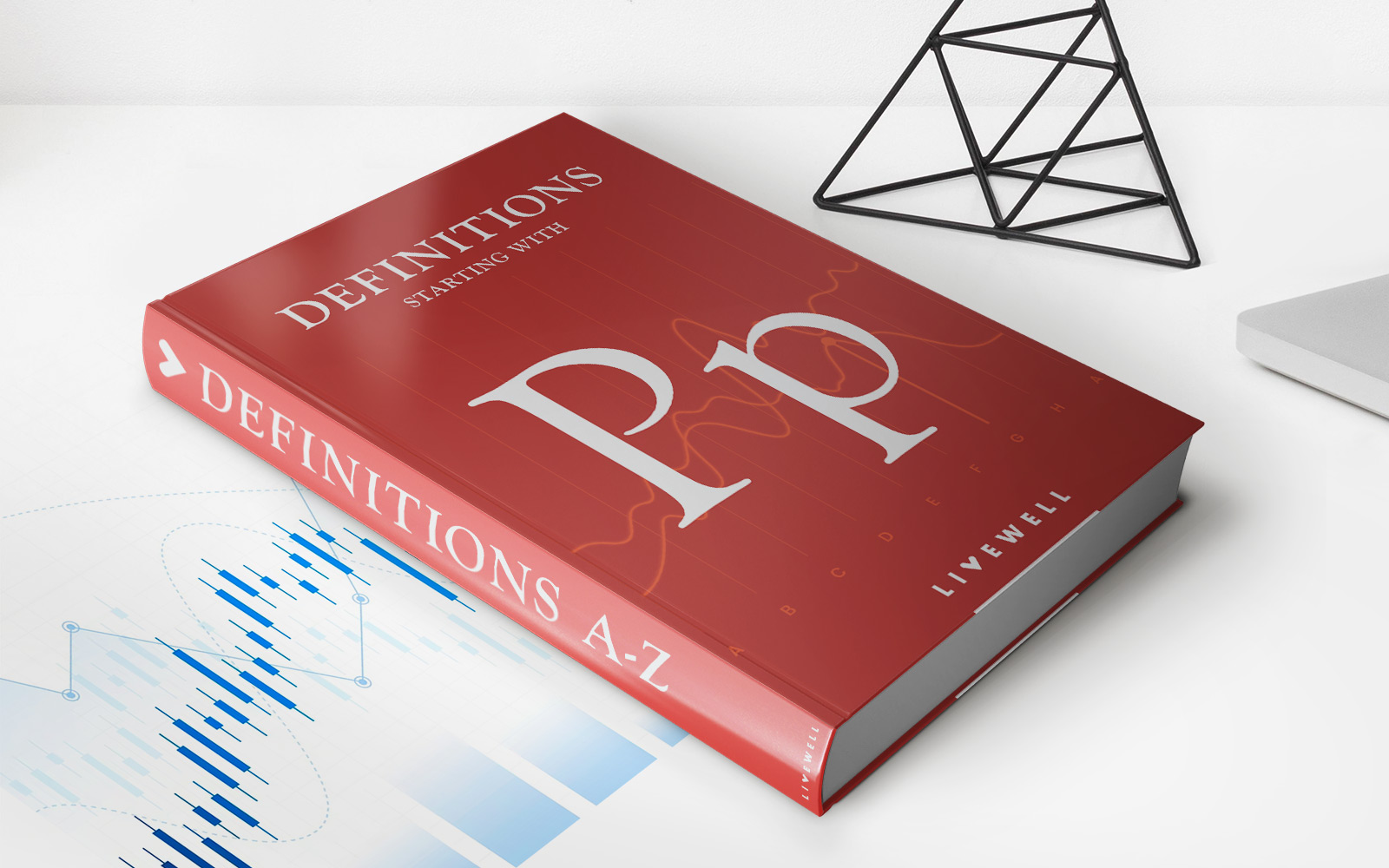

Finance
How Does Inflation Affect Bond Yields?
Published: October 19, 2023
Learn how inflation impacts bond yields and discover the relationship between finance and inflation in the bond market.
(Many of the links in this article redirect to a specific reviewed product. Your purchase of these products through affiliate links helps to generate commission for LiveWell, at no extra cost. Learn more)
Table of Contents
Introduction
Welcome to our comprehensive guide on how inflation affects bond yields. Understanding the relationship between inflation and bond yields is crucial for investors and individuals looking to make informed financial decisions. Inflation is a key economic indicator that measures the rate at which the general price level of goods and services is increasing over time. Bond yields, on the other hand, represent the return that investors earn on their bond investments.
Inflation has a significant impact on bond yields as it affects the purchasing power of the fixed interest payments that bondholders receive. When inflation rises, the real value of future interest payments decreases, resulting in a decline in bond prices and an increase in yields. Conversely, when inflation is low, bond yields tend to be lower as well.
Understanding the relationship between inflation and bond yields is essential as it helps investors assess the potential risks and returns associated with bond investments. In an inflationary environment, bondholders face the risk of receiving fixed interest payments that may not keep pace with rising prices. As a result, investors may demand higher yields to compensate for this risk.
It is also important to note that the relationship between inflation and bond yields is not always linear. Other factors such as central bank policies, investor sentiment, and market expectations also influence bond yields. In this guide, we will dive deeper into the impact of inflation on bond yields and explore the various factors that affect bond yields in an inflationary environment.
By understanding the dynamics of inflation and bond yields, investors can make informed decisions about their bond investments and effectively manage their portfolios in different economic environments. With that in mind, let’s delve into the details of how inflation affects bond yields.
What is Inflation
Inflation refers to the sustained increase in the general price level of goods and services in an economy over a period of time. It is measured by tracking the changes in the Consumer Price Index (CPI) or the Producer Price Index (PPI). Inflation can have a significant impact on individuals, businesses, and the overall economy.
There are several factors that contribute to inflation, including demand-pull inflation and cost-push inflation. Demand-pull inflation occurs when there is excessive demand for goods and services relative to their supply. This can lead to an increase in prices as businesses hike their prices to meet the rising demand. Cost-push inflation, on the other hand, occurs when the cost of production for goods and services increases. For example, if the cost of raw materials or labor rises, businesses may pass on these costs to consumers, resulting in higher prices.
Inflation can have both positive and negative effects on the economy. A moderate level of inflation is often seen as a sign of a healthy and growing economy. It encourages spending and investment as individuals and businesses anticipate higher prices in the future. It also allows for wage growth and promotes economic expansion.
However, high levels of inflation can be detrimental to the economy. When prices rise rapidly, it erodes the purchasing power of individuals and reduces their standard of living. It can also lead to uncertainty and volatility in financial markets, making it difficult for businesses and investors to make informed decisions. Central banks and monetary authorities closely monitor and manage inflation to ensure that it remains at a stable and sustainable level.
Now that we have a basic understanding of inflation, let’s explore the relationship between inflation and bond yields.
What are Bond Yields
Bond yields represent the return that investors receive for holding a bond. When investors purchase a bond, they essentially lend money to the issuer (such as a government or corporation) in exchange for periodic interest payments and the return of the principal amount at maturity. The yield on a bond is typically expressed as a percentage and is calculated based on the bond’s current price and annual interest payments.
There are several types of bond yields, including the nominal yield, current yield, and yield to maturity. The nominal yield, also known as the coupon rate, is the fixed annual interest rate that the bond issuer promises to pay to bondholders. For example, a bond with a nominal yield of 5% will pay $50 in annual interest for every $1,000 of face value.
The current yield, on the other hand, is calculated by dividing the bond’s annual interest payment by its current market price. This yield reflects the bond’s return in relation to its current market value and is often used to assess the attractiveness of a bond investment. For example, if a bond has an annual interest payment of $50 and is currently trading at $1,000, the current yield would be 5%.
The yield to maturity (YTM) is a more comprehensive measure of a bond’s return. It takes into account not only the annual interest payments but also the bond’s price appreciation or depreciation over its remaining term. The YTM represents the average annual return an investor can expect if they hold the bond until maturity.
It’s important to note that bond yields are influenced by a variety of factors, including interest rate movements, credit risk, and market conditions. In general, when bond prices rise, yields fall, and vice versa. This inverse relationship between bond prices and yields is crucial to understanding how inflation impacts bond yields, as we will explore in the next section.
Relationship between Inflation and Bond Yields
There is a direct relationship between inflation and bond yields. When inflation increases, the purchasing power of future fixed interest payments decreases. As a result, bond investors demand higher yields to compensate for the anticipated loss in real value. Conversely, when inflation is low, bond yields tend to be lower as there is less concern about future erosion of purchasing power.
This relationship can be better understood by examining the impact of inflation on the two main components of bond yields: the nominal yield and the real yield. The nominal yield represents the fixed interest rate promised by the bond issuer, while the real yield reflects the inflation-adjusted return on the investment.
When inflation rises, the real yield decreases as the purchasing power of the fixed interest payments diminishes. To maintain their returns in real terms, investors require higher nominal yields. This means that the nominal yield must rise to offset the impact of inflation, resulting in higher bond yields.
For example, suppose you own a bond with a nominal yield of 3% and inflation increases to 2%. In this scenario, the real yield of your bond is effectively reduced to 1% (3% – 2%). To keep the real yield at 1%, the nominal yield would need to increase to 4%. Therefore, as inflation rises, bond yields tend to move in the same direction.
On the other hand, if inflation decreases, the purchasing power of future fixed interest payments increases, and investors may be willing to accept lower nominal yields. As a result, bond prices may rise, pushing yields lower. This inverse relationship between inflation and bond yields is an important consideration for investors when assessing bond investment opportunities.
It’s crucial to note that the relationship between inflation and bond yields is not always linear or immediate. Other factors such as interest rate expectations, market sentiment, and central bank policies can influence bond yields as well. Investors need to consider these factors along with inflation when analyzing the potential risks and returns associated with bond investments.
In the next section, we will delve deeper into the impact of inflation on bond yields and explore the factors that affect bond yields in an inflationary environment.
Impact of Inflation on Bond Yields
Inflation has a significant impact on bond yields, and understanding this relationship is crucial for investors. When inflation rises, the purchasing power of future fixed interest payments decreases. As a result, investors demand higher yields to compensate for the expected loss in real value. This leads to an increase in bond yields.
One of the main reasons inflation affects bond yields is due to the effect on the real return of bonds. Bonds typically provide a fixed rate of interest that remains constant over the bond’s term. However, as inflation rises, the value of future fixed interest payments decreases. This means that the real return of the bond, the return adjusted for inflation, becomes lower. In order to attract investors and compensate for the erosion of purchasing power, bond issuers must offer higher yields.
For example, imagine a bond with a fixed interest rate of 4%. If inflation increases to 3%, the real return on this bond would be only 1% (4% – 3%). To maintain the same level of real return, the bond yield would need to increase. Investors would demand a higher yield, such as 5%, to offset the effect of inflation and ensure a positive real return.
On the other hand, when inflation is low, the impact on bond yields is reversed. When inflation is lower, the real return on bonds increases, and investors may be willing to accept lower yields. This is because the erosion of purchasing power is expected to be less significant, and the fixed interest payments are relatively more valuable. As a result, bond prices can rise, pushing yields lower.
It’s important to note that the impact of inflation on bond yields may also depend on the overall economic conditions and market expectations. If inflation is perceived to be temporary or transitory, the effect on yields may be less pronounced. However, if inflation is expected to persist or accelerate, bond investors are likely to demand higher yields to compensate for the potential long-term loss in value.
It is crucial for investors to consider inflation and its impact on bond yields when making investment decisions. By understanding the relationship between inflation and bond yields, investors can assess the potential risks and returns associated with bond investments and make informed decisions about their portfolios.
Factors Affecting Bond Yields in an Inflationary Environment
In an inflationary environment, several factors can influence the movement of bond yields. While inflation is a key driver of bond yields, other factors such as interest rate expectations, central bank policies, credit risk, and market sentiment play a significant role as well.
1. Interest Rate Expectations: Expectations of future interest rate movements can have a direct impact on bond yields. If investors anticipate that central banks will raise interest rates to combat inflation, bond yields are likely to increase. On the other hand, if market expectations are for interest rates to remain low or even decrease, bond yields may stay relatively lower or decrease as well.
2. Central Bank Policies: The actions and policies of central banks can have a profound effect on bond yields. Central banks may adjust interest rates or implement monetary policies to control inflation. If a central bank raises interest rates to curb inflation, bond yields are likely to rise as well. Conversely, if a central bank follows a more accommodative monetary policy, bond yields may stay lower.
3. Credit Risk: Inflation can also impact bond yields depending on the perceived credit risk of the issuer. In an inflationary environment, bond investors may demand higher yields for bonds issued by entities with a higher risk of default. This is due to concerns that inflation may erode the value of future interest payments and make it harder for issuers to meet their debt obligations.
4. Market Sentiment: Investor sentiment and market conditions can influence bond yields in an inflationary environment. If market participants are optimistic about the overall economy and believe that inflation will remain moderate and under control, bond yields may stay lower. However, if there is heightened uncertainty or inflation expectations become more pronounced, bond yields may rise.
5. Duration and Maturity: The duration and maturity of a bond can also affect its yield in an inflationary environment. Generally, longer-term bonds tend to have higher yields compared to shorter-term bonds, as investors demand additional compensation for the increased uncertainty and risk associated with longer time horizons. In an inflationary environment, longer-term bonds may be more sensitive to changes in inflation expectations, which can impact their yields.
It’s important to note that these factors interact with each other, and their impact on bond yields can vary depending on the specific economic and market conditions. As an investor, it is crucial to assess these factors and their potential impacts on bond yields when making investment decisions.
By considering the factors that affect bond yields in an inflationary environment, investors can better navigate the bond market and make informed decisions regarding their portfolios.
Conclusion
Understanding the relationship between inflation and bond yields is essential for investors seeking to make informed financial decisions. Inflation directly affects bond yields as it erodes the purchasing power of fixed interest payments, leading to an increase in yields. When inflation rises, investors demand higher yields to compensate for the expected loss in real value, while lower inflation may result in lower yields.
However, the impact of inflation on bond yields is not the only factor to consider. Interest rate expectations, central bank policies, credit risk, and market sentiment also play significant roles in shaping bond yields in an inflationary environment.
Investors should consider these factors to assess potential risks and returns associated with bond investments. Interest rate expectations influence bond yields as investors anticipate future interest rate movements. Central bank policies, such as adjustments to interest rates or monetary policy measures, can directly impact bond yields. Credit risk also affects yields, as higher inflation may increase the risk of default. Market sentiment and overall economic conditions can influence investor behavior and thereby impact bond yields.
It is important to note that the relationship between inflation and bond yields is not always linear, and it can be influenced by a combination of factors. Additionally, the impact of these factors may vary depending on the specific economic and market conditions at any given time.
By understanding the dynamics of inflation and bond yields, investors can make more informed decisions regarding their bond portfolios. They can assess the risks associated with inflation, evaluate market conditions and expectations, and adjust their investment strategies accordingly.
In summary, the relationship between inflation and bond yields is crucial for investors to consider. By keeping an eye on inflationary trends, interest rate expectations, central bank policies, credit risk, and market sentiment, investors can navigate the bond market more effectively and make informed investment decisions.














